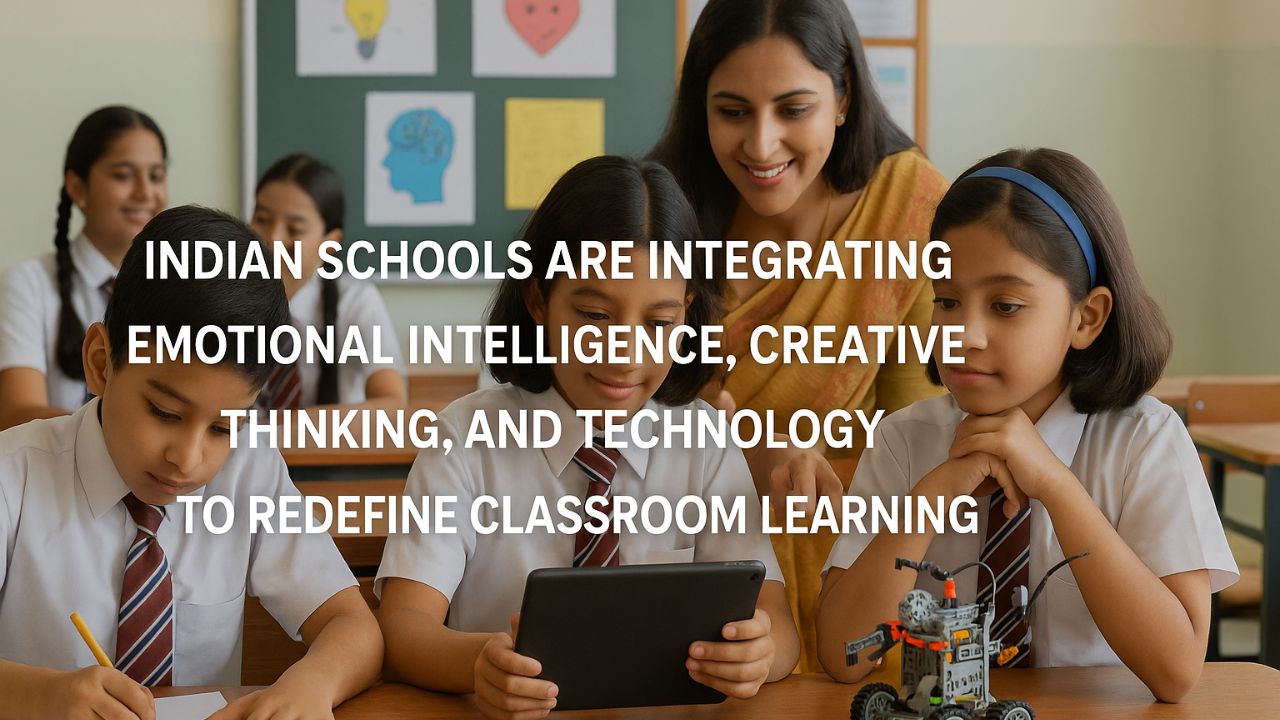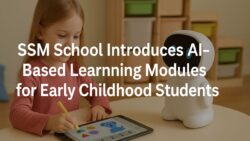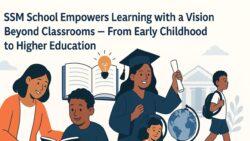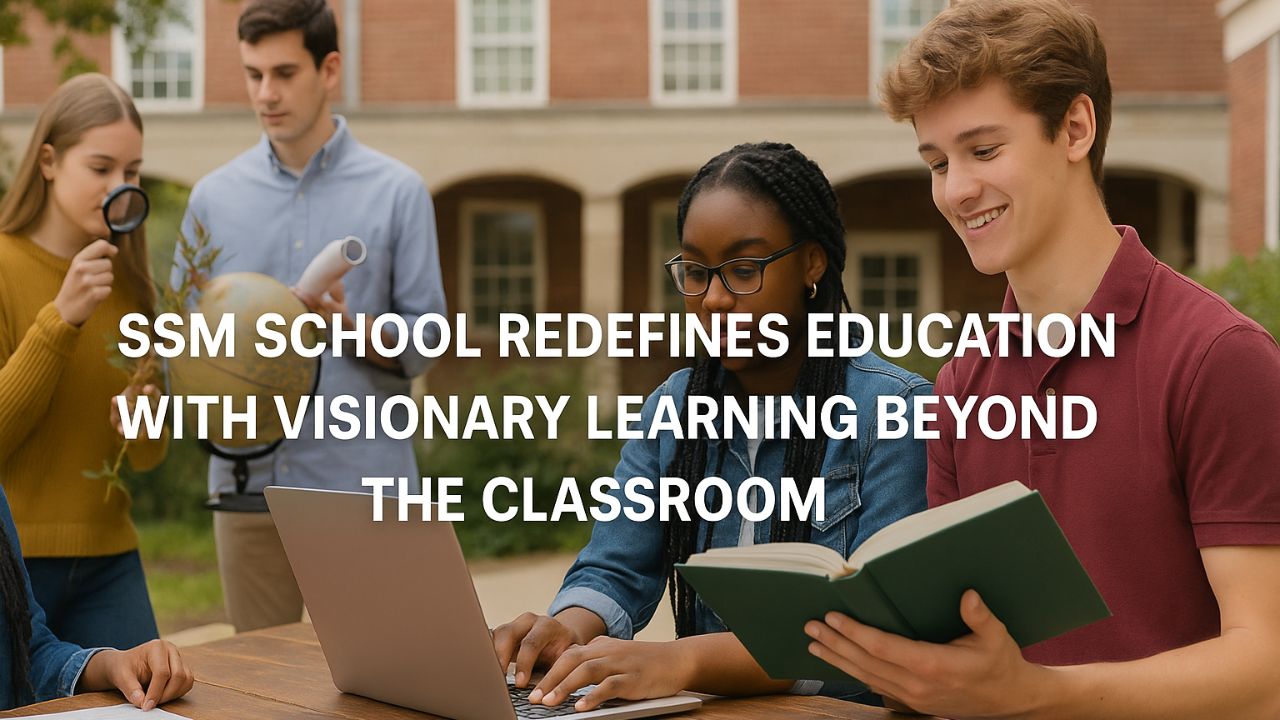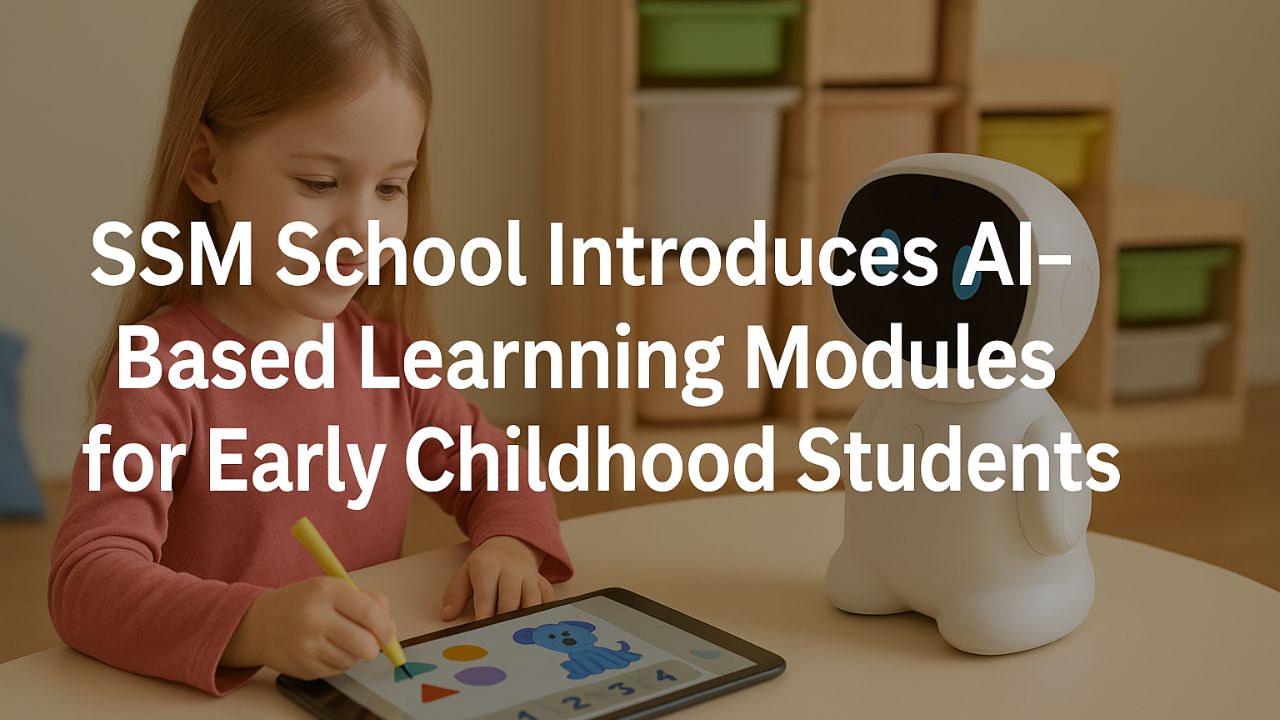Redefine Classroom Learning – In recent years, Indian education has undergone a remarkable transformation. No longer is classroom learning confined to rote memorization or passive listening. Today, schools across India are integrating Emotional Intelligence (EI), Creative Thinking, and cutting-edge Technology into the learning ecosystem. This new wave of change is redefining how children understand, interpret, and respond to the world around them. Emotional Intelligence has emerged as a powerful tool in shaping a child’s ability to empathize, self-regulate, and handle stress. Alongside this, creative thinking is being nurtured to build problem-solving capabilities and innovation. To empower this holistic development, technology is acting as a backbone—bringing in virtual learning platforms, AI-powered assessments, and interactive digital classrooms. This paradigm shift is not only making education more engaging but also more meaningful for students in both urban and rural India. Here’s how schools are leading this educational revolution.
The Rise of Emotional Intelligence in Classrooms
Schools have realized that academic excellence is incomplete without emotional well-being. Emotional Intelligence programs are now being incorporated into daily routines and classroom activities.
Key Aspects of Emotional Intelligence Integration:
- Daily mindfulness or breathing sessions
- Emotion labeling exercises (mood charts)
- Conflict resolution role-play activities
- Regular one-on-one student check-ins
- Inclusion of empathy-driven story discussions
- Teacher training on mental health and emotion management
- Peer mentorship programs
Creative Thinking Is Now a Curriculum Priority
Gone are the days when creativity was restricted to art or music. Schools now embed creative thinking even in core subjects like math, science, and social studies.
Popular Methods Used to Encourage Creativity:
- Open-ended project-based learning
- Brainstorming sessions for real-world problems
- Mind mapping techniques for concept learning
- Encouraging “failures” as part of innovation
- Storytelling in science and history lessons
- Game-based activities to develop lateral thinking
- Student-led group discussions and debates
Technology as a Bridge Between Innovation and Education
Technology is not just a supplement—it’s now the infrastructure of modern classrooms. It’s helping personalize learning, track progress, and enable hybrid education across remote regions.
Top Technologies Being Used in Indian Classrooms:
| Technology Used | Purpose | Example Schools |
|---|---|---|
| Smart Boards | Interactive teaching and visual learning | Delhi Public School |
| Learning Management Systems (LMS) | Online lesson plans, attendance & assignments | Amity International Schools |
| Virtual Reality (VR) | Experiential learning (e.g., 3D history tours) | Bangalore International School |
| AI-Based Assessment Tools | Personalized feedback & adaptive quizzes | Podar International Schools |
| Coding Platforms (like Scratch, Tynker) | Early coding education | Orchids The International School |
| Mobile Learning Apps | Anytime access to lessons and notes | State Govt Schools (via DIKSHA) |
| Robotics Labs | STEM hands-on learning | Shiv Nadar School |
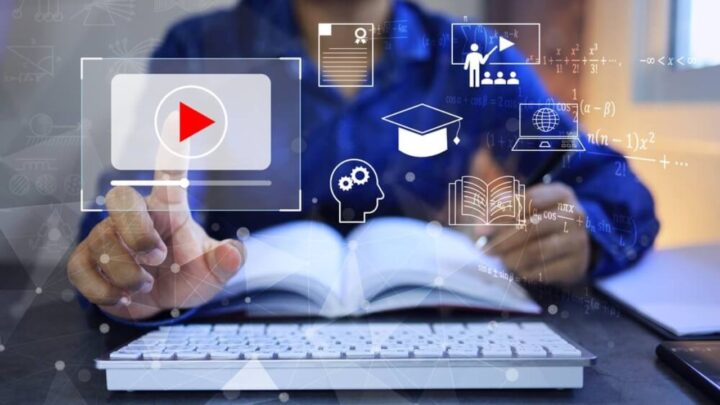
Blended Learning Models Are Expanding Access
With growing internet penetration, many schools are adopting hybrid or blended learning models—especially helpful in Tier-2 and Tier-3 towns. These models combine traditional classrooms with digital tools.
Benefits of Blended Learning in Indian Context:
- Students can revisit recorded lessons at home
- Teachers can focus more on doubt-clearing than lecturing
- Encourages independent and self-paced learning
- Brings uniformity in quality of education across regions
- Enables guest lectures from international educators
- Reduces dependency on coaching classes
- Promotes digital literacy among students and teachers
Building Teacher Competency for 21st Century Classrooms
To ensure these changes succeed, teacher training has been made a key priority. Several programs are underway to equip educators with skills in emotional management, creativity facilitation, and technology use.
Government and NGO Initiatives Supporting Teachers:
- CBSE’s Diksha App for teacher e-training
- NCERT’s online certification courses
- TATA Trusts’ teacher development projects in rural India
- Azim Premji Foundation’s workshops on active pedagogy
- Teach For India’s teacher leadership programs
These capacity-building programs ensure that teachers are not just instructors—but also facilitators, mentors, and emotional guides.
Real-Life Transformation: Success Stories from Indian Schools
Many schools have seen remarkable results after adopting these new-age models of education.
Examples of Impact:
- A school in Pune noticed a 40% improvement in student attendance after integrating EI and mindfulness sessions.
- A rural school in Odisha enabled STEM learning through solar-powered tablets and saw participation in national coding competitions.
- A school in Gujarat reported reduced bullying cases after empathy education was introduced in morning assemblies.
- Delhi-based schools using AI assessments have reduced grading time by 60%, allowing more personal student attention.
These stories are proof that emotional growth, creative expression, and technology adoption are not luxuries—they’re essential for every learner in modern India.
FAQs
Q1. What is emotional intelligence in schools?
Emotional Intelligence refers to a student’s ability to understand, manage, and express emotions effectively. Schools promote this through mindfulness, empathy activities, and peer engagement.
Q2. How does technology help in creative thinking?
Technology offers tools like coding platforms, VR labs, and interactive games that stimulate problem-solving and out-of-the-box thinking in students.
Q3. Are rural schools also using these innovations?
Yes, several government and private initiatives are ensuring that rural schools get access to digital tools, blended learning, and teacher training.
Q4. How is teacher training evolving in India?
Teachers are now being trained in emotional mentoring, digital tools, and project-based learning through online platforms like DIKSHA and NGO-led programs.
Q5. Can emotional intelligence really impact academic performance?
Yes, emotionally aware students show better focus, conflict resolution, and resilience, which contributes positively to their academic performance.
